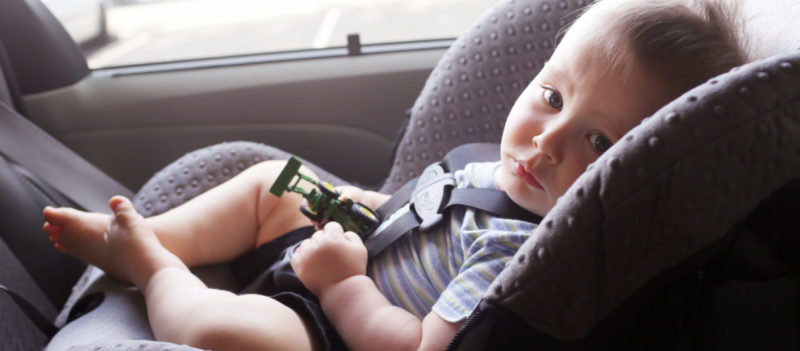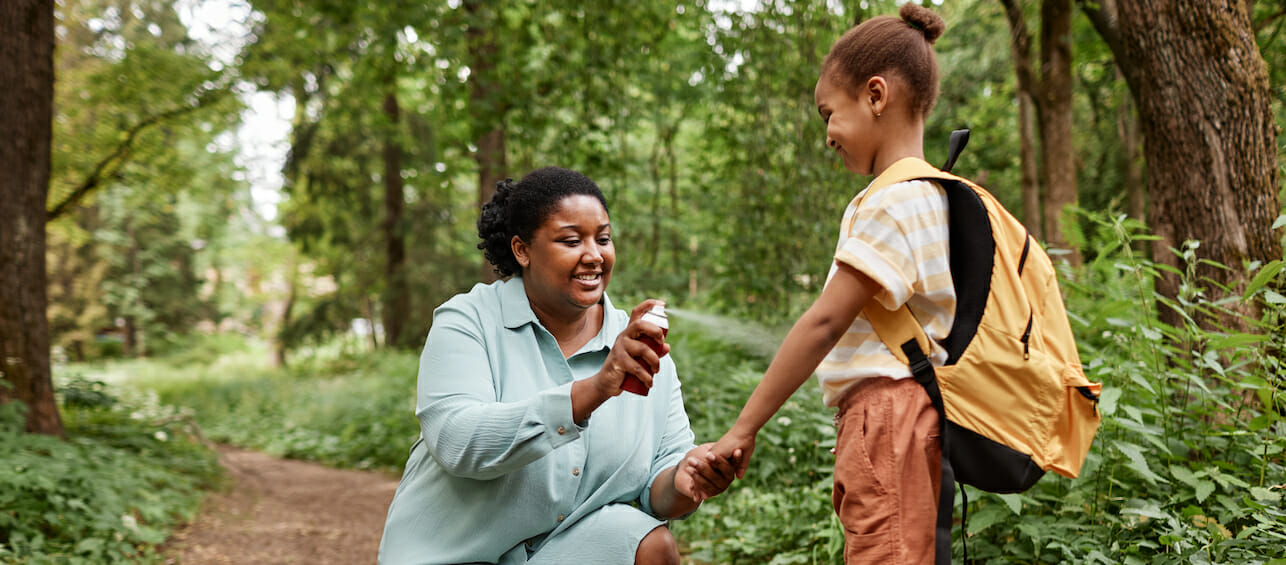It’s starting to feel like summer and these warmer days call for a reminder about the danger of pediatric vehicular heatstroke.
The most recent data lists heatstroke as one of the leading causes of non-crash, vehicle-related deaths for children. On average, 38 children die in a hot car each year. The average age of the victims is just 21 months old.
In the majority of cases, it is memory failures, multitasking and distractibility that lead to pediatric vehicular heatstroke. I mention this because there is a misconception that it only happens to parents or caregivers who were being neglectful. This just isn’t the case.
As an injury prevention specialist, I recommend creating new habits to help prevent these types of accidents from happening.
Remember to “ACT” to Help Prevent Pediatric Vehicular Heatstroke:
A: Avoid heatstroke-related injury and death by never leaving your child alone in a car, not even for a minute. And make sure to keep your car locked when you’re not in it so kids can’t get in on their own.
C: Create reminders by putting something in the back of your car next to your child such as a briefcase, a purse or a cell phone that is needed at your final destination. We call this “Bag in the Back” to help parents create new habits. This is especially important if you’re not following your normal routine. We also encourage parents to “Look Before You Lock” each and every time you get out of the car.
T: Take action. If you see a child alone in a car, call 911. Emergency personnel want you to call. They are trained to respond to these situations. One call could save a life.
Vehicles heat up quickly. Once outdoor temperatures reach the low 80s, and even with windows rolled down two inches, temperatures in the vehicle can reach deadly levels in only 10 minutes.
Children’s bodies overheat easily, especially those who are under 4 years old. When left in a hot vehicle, a young child’s body temperature may increase three to five times as quickly as an adult. Please remember to ACT to keep them safe and please share this information as broadly as you can.





